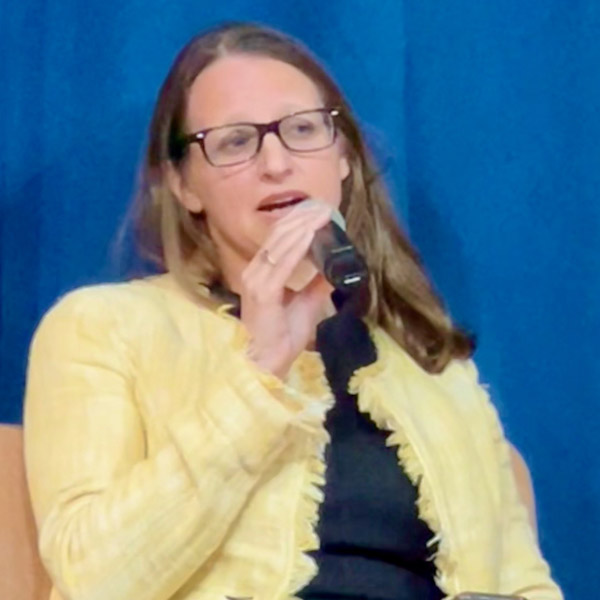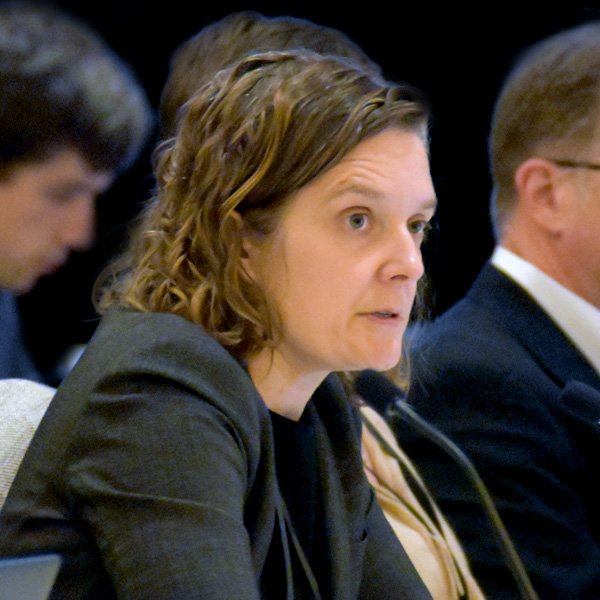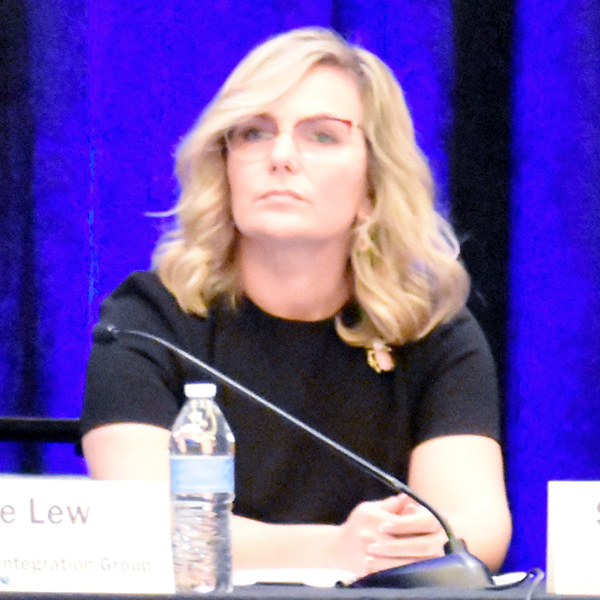SACRAMENTO — To decarbonize homes in low-income communities, agencies need to remove administrative barriers, consider all types of housing and prepare for a hotter world, experts said at the Summit on Building Electrification co-hosted by the California Energy Commission and the Electric Power Research Institute, held at the California Natural Resources headquarters in Sacramento.
While a deluge of incentives from the Inflation Reduction Act and various state and utility programs is making home electrification more affordable than ever, renters and owners of multifamily, manufactured and mobile homes face challenges, and in some cases opportunities, when it comes to building electrification. While much of the building electrification work is about removing gas appliances from homes, areas such as unincorporated parts of the San Joaquin Valley that never had gas infrastructure can leapfrog to electrified buildings.
Following are three key takeaways from the event.
It Takes a Wide Lens to Look at Frontline Community Housing
As building electrification is considered, buildings themselves need to be defined broadly to catch the range of living situations low-income households may face. Incentives and programs that work for single-family owner-occupied homes may need to be substantially rethought for multifamily dwellings, manufactured and mobile homes, and renter-occupied homes.
“It’s important to support different housing types and tenures,” said Jennifer Gress, chief of the Sustainable Transportation and Communities Division at the California Air Resources Board. “Making sure that vulnerable renters can remain in their homes as we embark on building decarbonization efforts is one of the biggest worries that we hear from stakeholders.”
“We’ve learned that mobile homes and manufactured homes have significant and particular and unique obstacles because of ownership and infrastructure and require unique interventions,” as do renter-occupied homes, said Phoebe Seaton, co-founder and co-executive director of the Leadership Counsel for Justice and Accountability. “In terms of reaching the most vulnerable, if we can figure out a deployment strategy to decarbonize renter-occupied manufactured and mobile homes, then we can decarbonize the whole state.”
Protecting tenants is a critical piece of the puzzle, Seaton said. “In terms of policy, we really need to make sure that all investments, especially for leased homes, come with tenant protections so we don’t have what we see time and time again in our housing work: funding comes in for upgrades and six months later the tenants are out.”
Habitability Needs to be Redefined as Temperatures Rise
As climate change leads to more extreme heat events, housing standards have to address acceptable indoor temperatures, Seaton said. Housing standards have long focused on ensuring homes don’t get unacceptably cold in winter; however, the potential for 100-degree-plus temperatures indoors is changing the parameters that need to be considered in housing for frontline communities.
“The Department of Housing and Urban Development with many other stakeholders and agencies are developing policy recommendations to address extreme heat in homes right now in California,” she said. “There is no rule that homes can reach or maintain a healthy temperature. There are rules on the low side — there needs to be sufficient heating to make sure that homes are habitable — but there’s nothing on the high side,” Seaton said. In California, building codes require heating but not cooling, the Sacramento Bee reported last year that a quarter of homes in California lacked air conditioning.
Bundling and Streamlining are Critical for Adoption
“With all the IRA programs and all the other various programs coming down the pike, we have to be aware that the landscape is already very challenging to navigate,” said Andy Brooks, senior director at the Association for Energy Affordability. “We need to make sure that we’re doing everything that we can to avoid making it any more complicated.”
Brooks said that in multifamily housing, it is important to wrap as many upgrades into a program as possible, given how time-consuming the application and implementation can be. “They’re probably not going to go through another program for quite a while and may not go through another program at all, so I try to push to do as much as we possibly can with that one touchpoint, because whatever scope gets dropped from that project may never actually get done.”
Gress said the range of programs and incentives can create a barrier, and called for not only streamlining application processes, but also ensuring money is not needed upfront. Thinking about housing upgrades for a whole home is better than taking a piecemeal approach with separate incentives for individual upgrades. “Make sure the incentive programs can fund a variety of different home improvements, like energy efficiency, energy storage, panel upgrades and electric appliances, but also home repairs and other health and safety needs, so the home can really be upgraded completely,” she said.
Seaton said bringing more funding into existing programs rather than adding to the already-sizeable number of programs would avoid further complicating an already-challenging maze of incentives and programs.


